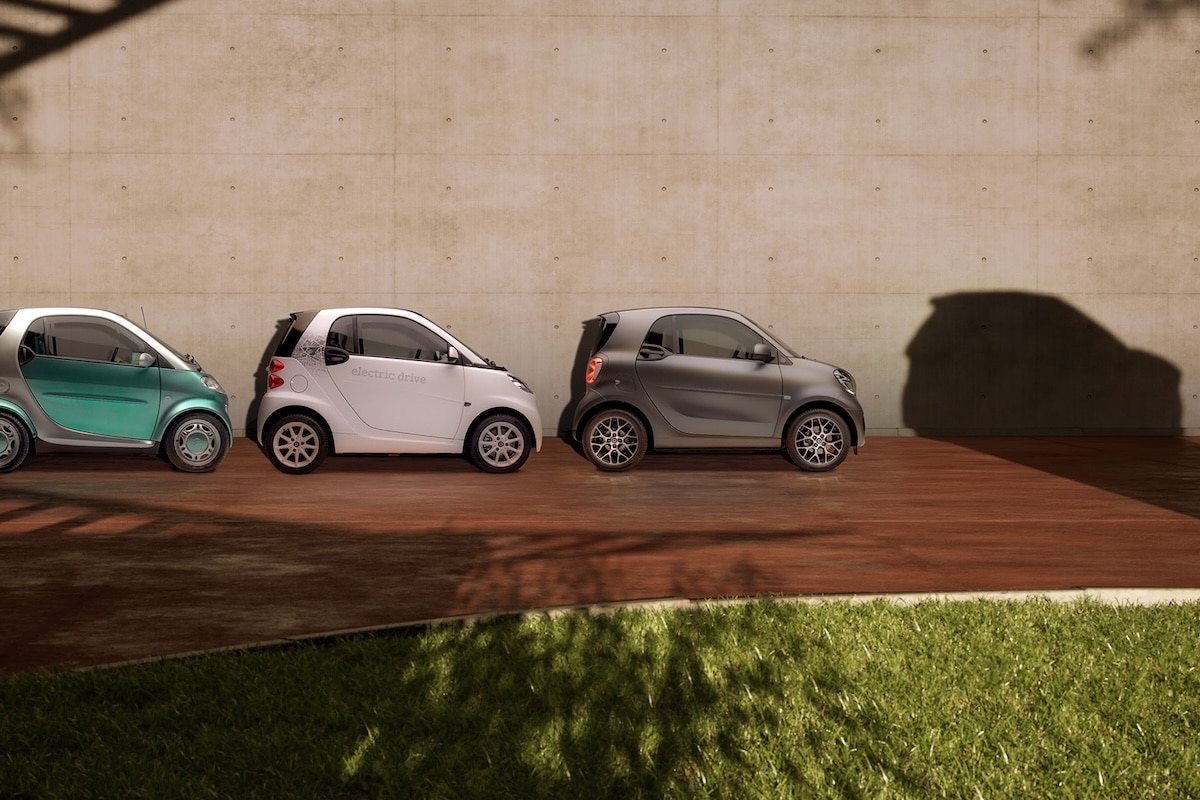Smart #2: Forced Return to Basics After the SUV Failure

Now flying the Chinese flag, Smart is reversing course to return to the segment of electric micro-cars.
By announcing on September 2, 2025, the development of the smart #2, a two-seater 100% electric micro-car expected by the end of 2026 (so patience), the brand (owned by the Chinese group Geely) subtly admits what many had already sensed: its strategy focused on large electric SUVs (#1, #3 and #5) has strayed from its DNA, that of the small, smart urban cars that had led to its success. And it is a resounding failure.
Internally dubbed “Project: two,” the smart #2 will clearly be conceived as the spiritual heir to the iconic fortwo. After 27 years in existence, the segment created by the first fortwo seemed almost abandoned by Smart, in favor of a “premium lifestyle” range heavily SUV-focused, designed in China and positioned in more profitable markets.
You might be interestedin this article:
Return to Origins

By repositioning a compact 2-seater aimed at European city centers, Smart makes amends and implicitly acknowledges that its brand image cannot be reduced to that of an electric crossover manufacturer, a segment that is already ultra-saturated and where customers are not inclined to turn to Smart. Lotus, also owned by the Geely group, is experiencing the same situation: the Eletre SUV and the 2.4-ton Emeya sedan are not part of Lotus’s DNA or its clientele. And today, the brand is on the verge of bankruptcy.
The statement emphasizes: Europe will be the key market for the smart #2, unlike the #1, #3, and #5, which have seen only embryonic success on the Old Continent. Rome, London, or Paris are mentioned as preferred playgrounds, proving that the brand is once again targeting congested major cities, where the fortwo built its legend.
First sign of a turnaround: smart has started to graft thermal engines onto its… electric cars.
The Smart Dilemma: Profitability vs. Identity
The initial choice to expand the range with SUVs was not without logic: the global market favors this type of body style, and production in China made the business model more viable. But by straying from the agile city car, a symbol of urban freedom, Smart lost its identity.
The smart #2 aims to be more than just a tribute to the fortwo: the Mercedes-Benz design promises a modern, technological, and stylish city car. But beyond the product, the launch symbolizes an attempt at reconciliation between a brand and its DNA.
It remains to be seen if this return to origins will arrive in time, in a saturated urban market filled with Chinese electric micro-cars and new mobility solutions. One thing is for sure: Smart likely had no other choice but to become… smart again.
ALSO READ: Tesla: The 84 kWh battery, a programmed obsolescence?
This page is translated from the original post "smart #2 : retour (forcé) aux fondamentaux après l’échec des SUV" in French.
We also suggestthese articles:
Also read





